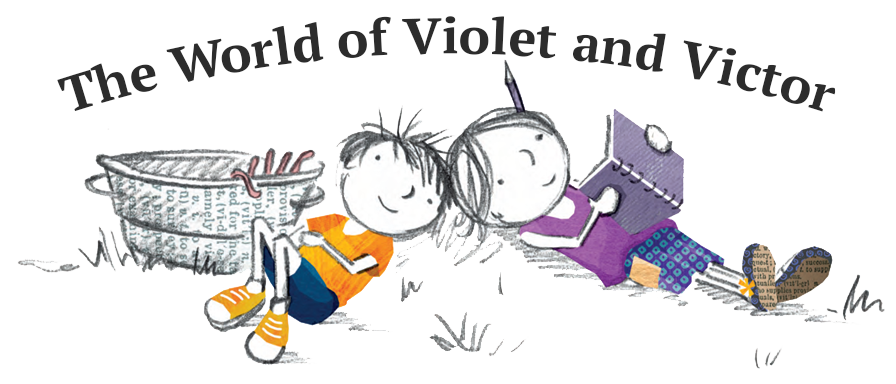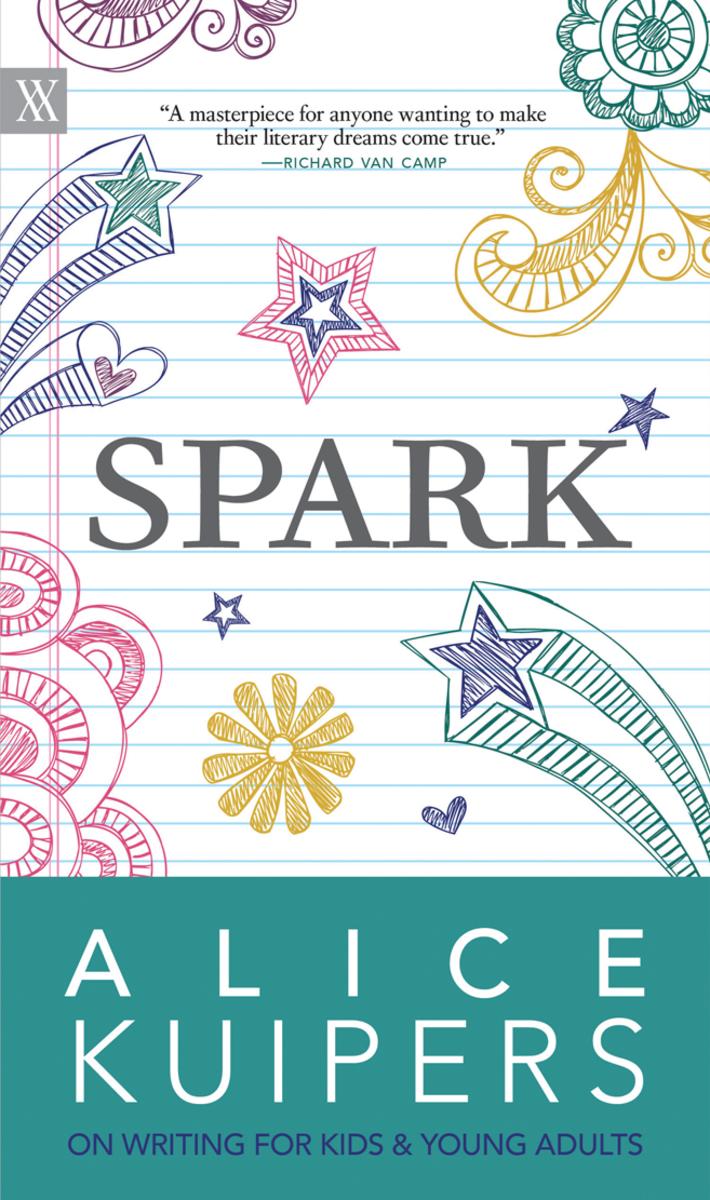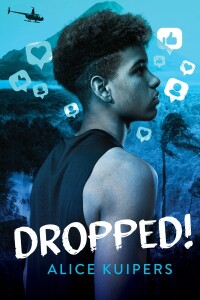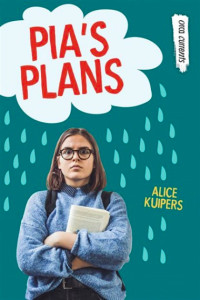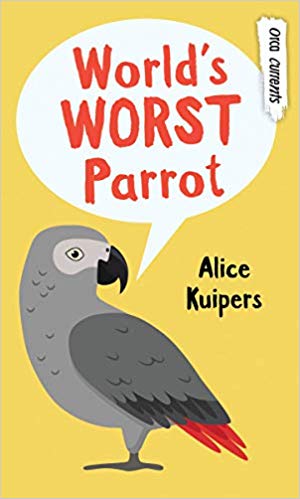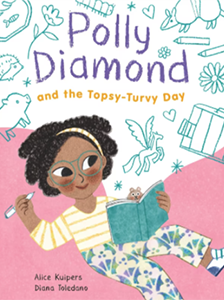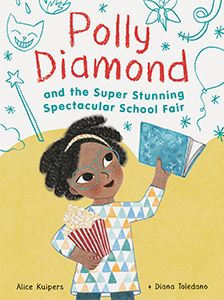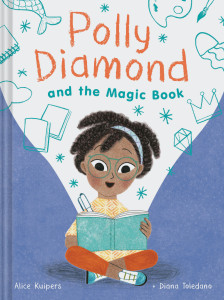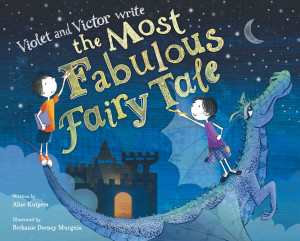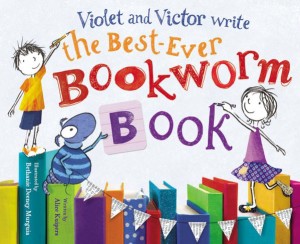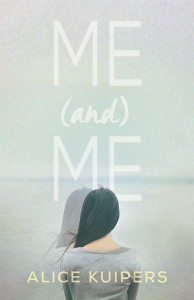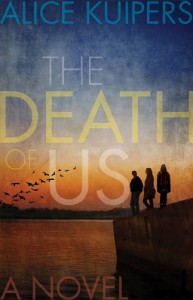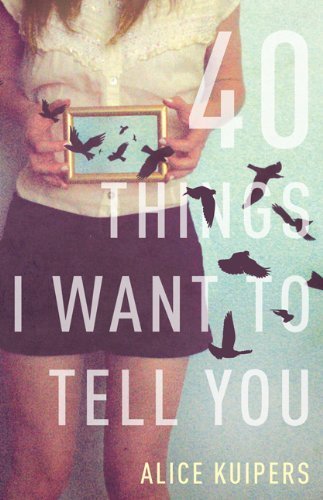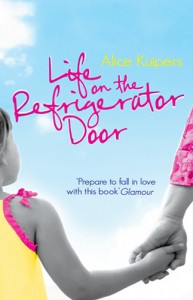10 TIPS FOR WRITING CHILDREN’S PICTURE BOOKS
If you want to learn more about writing picture books, head over to the Picture Book Blueprint here and take their amazing course all about writing the best ever picture book.
1- Don’t preach to your readers or try to moralize, the story will come off as heavy handed.
2- Unless you are an illustrator yourself, publishers tend to want to choose their own illustrators. They usually have a bank of artists that they like to use and they don’t necessarily want to work with your friend/aunt/neighbour etc
3- If the story is over 1000 words, it is probably too long. Just as an example, Where The Wild Things Are, one of my favourite picture books, is less than 400 words.
4- According to rumour, Dr Seuss wrote a thousand pages for every page he published. Even if this is not exactly true, it gives a sense of how many times a picture book needs to be rewritten to make it perfect.
Just because it is short, doesn’t mean it is easy.
5- Read contemporary picture books. There is scope and opportunity to write some wonderful, cool things. See what’s out there so you don’t limit yourself.
6- Read your own text out-loud. It doesn’t have to rhyme, but it does need rhythm and cadence. Language is key.
7- Remember you are writing for people who can’t yet read themselves. This is the thing I find most exciting about picture books – the author is introducing words and stories to fertile imaginations.
8- Strong characters, strong narrative, and beautiful language are baseline requirements. Again, don’t think that because the book has only a few pages, that you can skimp on any of these elements.
9- 32 pages is the conventional length for a picture book. Make a dummy book by folding eight sheets of paper in half. Don’t use the first couple of pages, these will be for titles. The dummy book is for your eyes only (i.e. don’t send it to a publisher), but it is very worth doing as it shows you visually exactly where your text is working well and where it is lacking.
10- Now get someone else to read your book out-loud to you. Notice where they stumble. Remember, your readers will be children and also their caregivers – keep in mind the adult who has to read the book again, and again, and again to a tiny inquiring mind.

